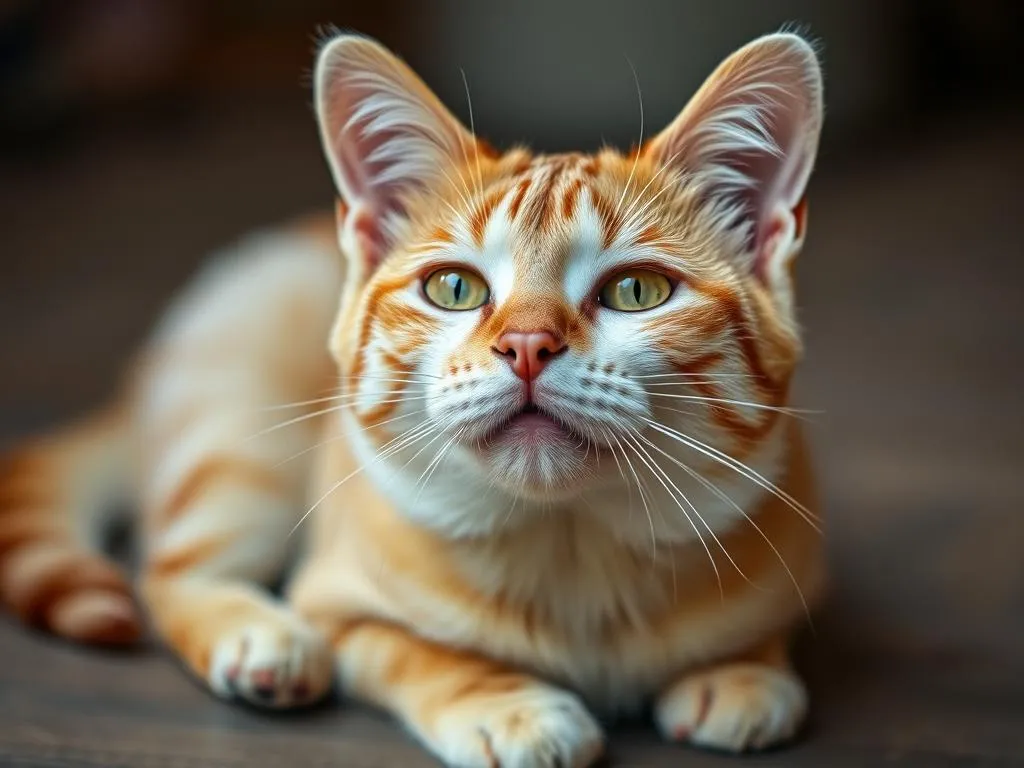
Australia is a nation of pet lovers, with a vibrant pet ownership landscape that reflects the unique lifestyle choices of its residents. According to the Australian Companion Animal Council, approximately 61% of Australian households own a pet, making pets an integral part of the family unit. Among these furry companions, cats and dogs dominate the scene, each bringing their own charm and benefits to the lives of their owners.
So the burning question remains: are cats or dogs more popular in Australia? This exploration will delve into pet ownership statistics, cultural influences, lifestyle considerations, emotional impacts, and the economic aspects surrounding pet ownership in Australia.
The Pet Ownership Statistics in Australia
General Pet Ownership Trends
To understand the popularity of pets in Australia, we first look at the overall pet ownership statistics. According to recent surveys, around 5.1 million households in Australia own a dog, while approximately 3.8 million households own a cat. This data suggests that dogs are slightly more popular than cats, but the gap may not be as significant as one might think.
Other pets, such as birds, fish, and small mammals, account for the remaining pet ownership, contributing to a diverse pet-loving culture. The trends indicate that while dogs tend to have a slight edge in numbers, the love for cats is undeniable.
Comparative Statistics: Cats vs. Dogs
When examining the number of registered pets, the statistics reveal that there are about 4.8 million registered dogs compared to 3.3 million registered cats in Australia. This data shows that dogs not only have a higher presence in households but also in terms of formal registration.
State-wise distribution adds another layer to this analysis. For instance, New South Wales and Victoria are home to the highest number of registered dogs, while Queensland showcases a robust cat population. Urban areas often report higher dog ownership due to lifestyle preferences, while rural regions tend to have a more balanced mix of both.
Demographics of Pet Owners
Demographics play a crucial role in pet ownership trends. Surveys indicate that younger households, especially those aged between 25 to 34, are more likely to own dogs, possibly due to the active lifestyle that dogs encourage. Conversely, cat ownership is prevalent among older demographics and those living in apartment settings, where space can be a constraint.
Gender dynamics also influence pet ownership. Research suggests that women are more likely to own cats, while men tend to lean towards dog ownership. Furthermore, socioeconomic factors can influence pet preferences, with higher-income households often opting for dogs due to the associated costs of care and training.
Cultural Factors Influencing Pet Popularity
Historical Context of Pet Ownership in Australia
The relationship between Australians and their pets has evolved over the decades. Historically, dogs were primarily working animals, serving roles in agriculture and security. Over time, as urbanization increased, pets transitioned into companions and family members, with both cats and dogs gaining popularity for their emotional support and companionship.
Cultural attitudes toward pets have also shifted, with more Australians viewing pets as integral parts of the family. This change has led to a rise in pet-related businesses and services, further promoting the popularity of both cats and dogs.
The Role of Media and Celebrities
The impact of social media on pet popularity cannot be overlooked. Platforms like Instagram and TikTok have seen an explosion of pet influencers, with dogs often taking the spotlight. Popular dog breeds like French Bulldogs and Golden Retrievers have garnered massive followings, influencing public perception and preferences.
Celebrity endorsements also play a significant role. Many Australian celebrities proudly showcase their pets, often favoring dogs. This visibility can sway public opinion and contribute to the perception that dogs are more desirable pets.
Regional Differences in Pet Preference
Pet preferences can vary significantly across Australia’s diverse regions. For example, in metropolitan areas, dogs are more popular due to the active lifestyle they promote, whereas in coastal areas, cats are favored for their independent nature.
Additionally, local factors like climate can influence pet ownership. Warmer climates may make it easier for dogs to thrive and be exercised outdoors, while cats may find it easier to adapt to indoor living conditions.
Lifestyle Considerations
Living Conditions and Space Requirements
One of the primary considerations when choosing between a cat or a dog is living conditions. Cats are often seen as more suitable for apartment living due to their smaller space requirements and independence. They can comfortably live in smaller spaces without the need for outdoor access.
Dogs, on the other hand, typically require more space and regular outdoor exercise. Larger breeds, in particular, need room to roam and play. For families living in homes with yards, dogs can be a natural fit, while those in urban settings might lean towards cats for convenience.
Time and Commitment Required for Pet Care
The commitment required for pet care also varies between cats and dogs. Dogs generally need more attention and interaction. Daily walks, regular training sessions, and social interaction are essential for a dog’s well-being. This demand can be time-consuming, especially for busy individuals or families.
Cats, in contrast, are often seen as more low-maintenance. They require feeding and litter box cleaning but are generally more independent, making them ideal for those with a hectic lifestyle.
Health and Exercise Needs
When it comes to health and exercise, dogs typically need more physical activity than cats. Breeds like Border Collies and Labrador Retrievers require daily exercise to stay healthy and happy. This need can encourage owners to adopt a more active lifestyle themselves.
Cats, however, tend to be less demanding. They can get sufficient exercise through indoor play and exploration, making them suitable for less active individuals. Moreover, both pets offer health benefits—dogs encourage outdoor activity, while cats provide companionship and stress relief.
The Emotional and Psychological Impact of Pets
Companionship and Emotional Support
Both cats and dogs offer unique emotional benefits to their owners. Dogs are known for their loyalty and affection, often forming strong bonds with their families. They provide companionship and can help reduce feelings of loneliness and anxiety.
Cats, on the other hand, offer a different kind of companionship. Their independent nature can be calming, and many cat owners report feeling comforted by the presence of their feline friends. Studies have shown that pet ownership can lead to lower stress levels, reduced anxiety, and an overall improvement in mental health.
Socialization Aspects
The social dynamics of pet ownership also differ between cats and dogs. Dogs are social creatures that often encourage interactions among their owners and other pet owners. Dog parks, training classes, and community events centered around dog ownership foster social connections.
Cats, while providing companionship, may not promote the same level of social interaction. Cat owners might find themselves more isolated, as cats are generally less social outside their home environment. However, cat shows and online communities offer avenues for socializing among cat enthusiasts.
The Economic Aspects of Pet Ownership
Cost of Ownership
The financial implications of owning a pet are significant. Initial costs can vary greatly between cats and dogs. Adoption fees, vaccination, and initial supplies (like litter boxes and toys for cats, and leashes and crates for dogs) can add up quickly.
Ongoing costs also differ. Dogs often require more frequent veterinary visits, grooming, and higher food costs, especially for larger breeds. Cats typically have lower ongoing expenses, as they require less grooming and have fewer health issues overall.
Economic Impact of the Pet Industry in Australia
The pet industry in Australia is booming, with an estimated value of over AUD 13 billion. This growth is driven by the increasing number of pet owners and the rising demand for pet products and services, ranging from premium pet food to grooming and veterinary care.
As the popularity of pets continues to grow, so does the economic impact of the pet industry, creating numerous job opportunities in pet care, veterinary services, and related fields. This economic contribution further highlights the significance of pet ownership in Australian society.
Conclusion
In summary, the question of whether cats or dogs are more popular in Australia is complex and multi-faceted. While statistics indicate that dogs hold a slight edge in ownership numbers, the love for cats is equally significant. Cultural factors, lifestyle considerations, emotional benefits, and economic contributions all play a critical role in shaping the pet ownership landscape.
As trends continue to evolve, it will be interesting to observe how preferences shift and what new factors come into play in the ongoing rivalry between these beloved pets. Regardless of the preference, both cats and dogs enrich the lives of their owners, providing companionship, joy, and a deep emotional connection that transcends mere numbers.
In the end, whether you’re a cat person or a dog person, the love for pets is a unifying force that brings Australians together.









